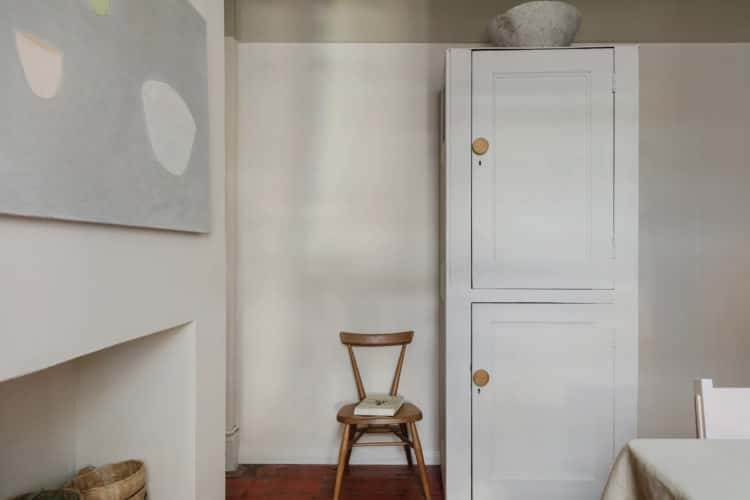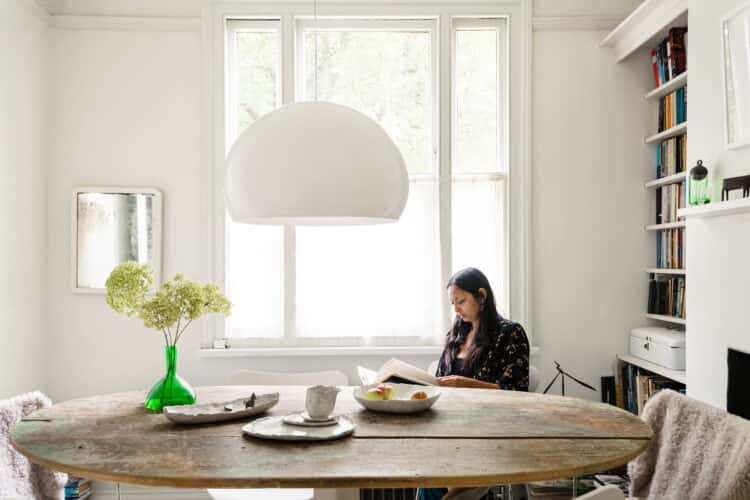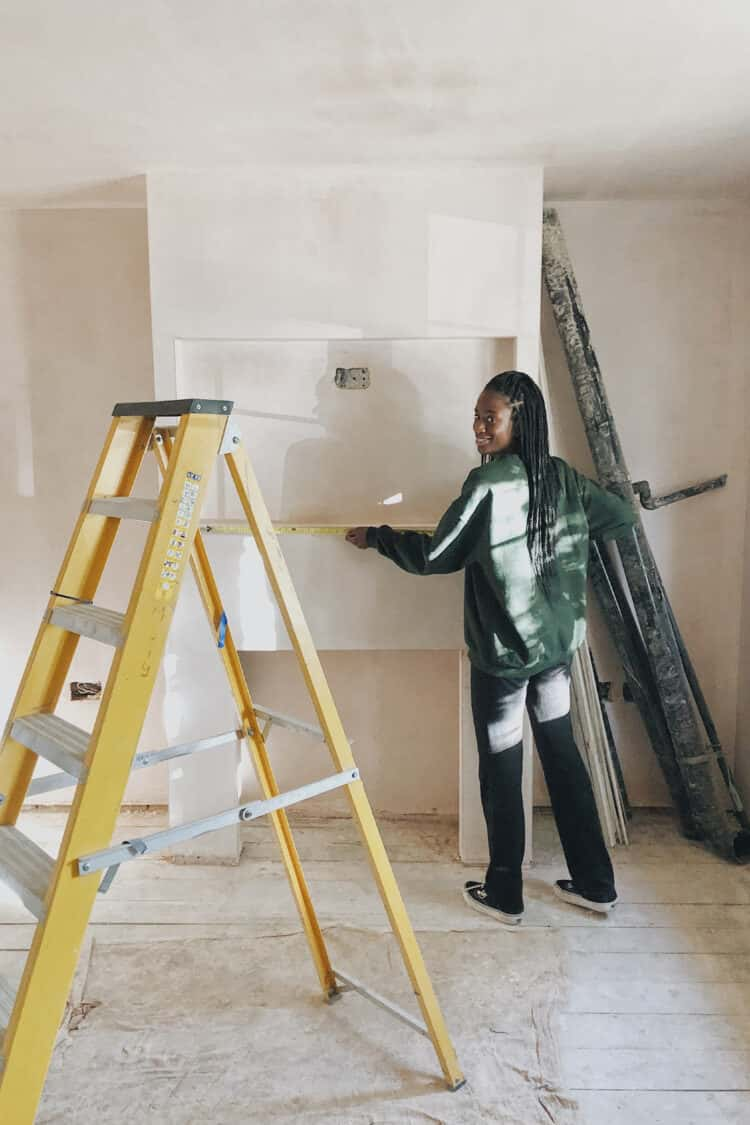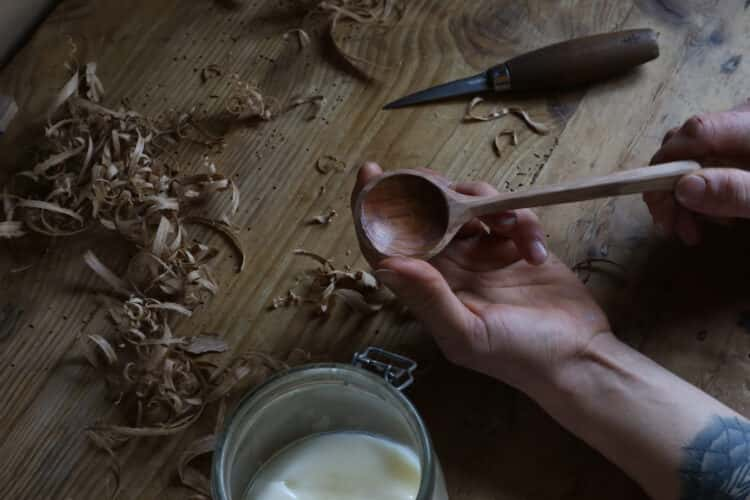DIY Diaries: how to fit skirting boards at home
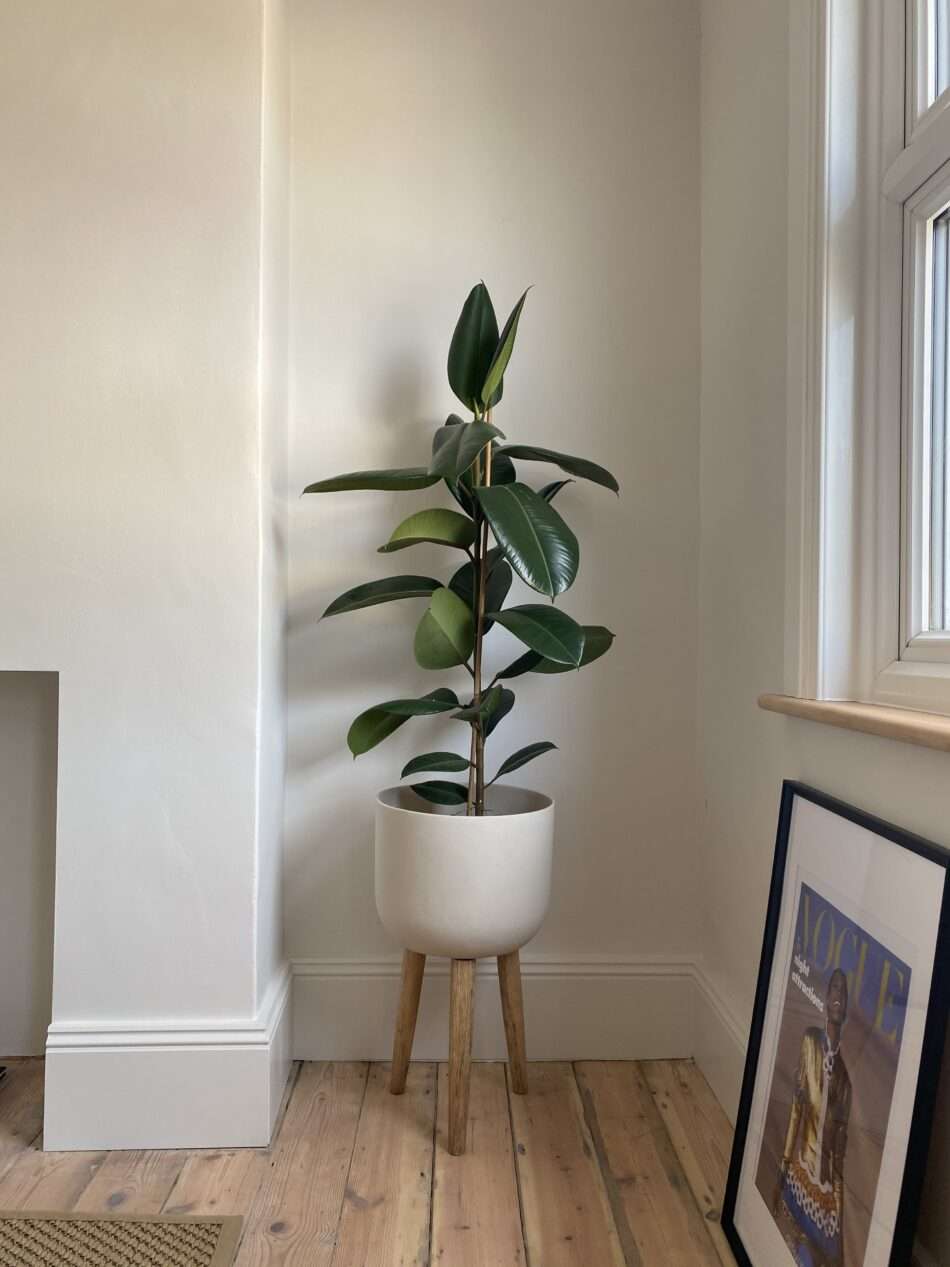
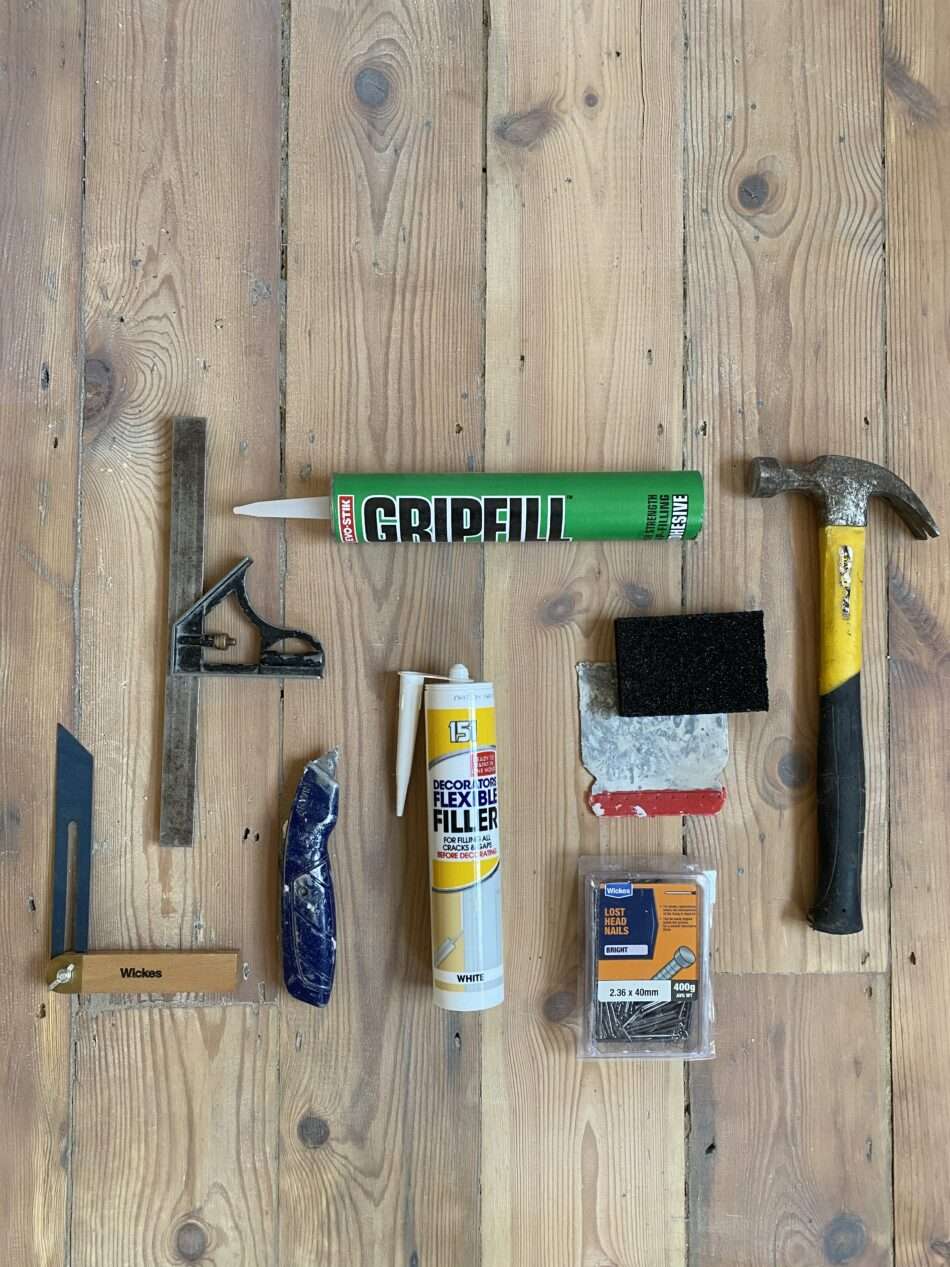
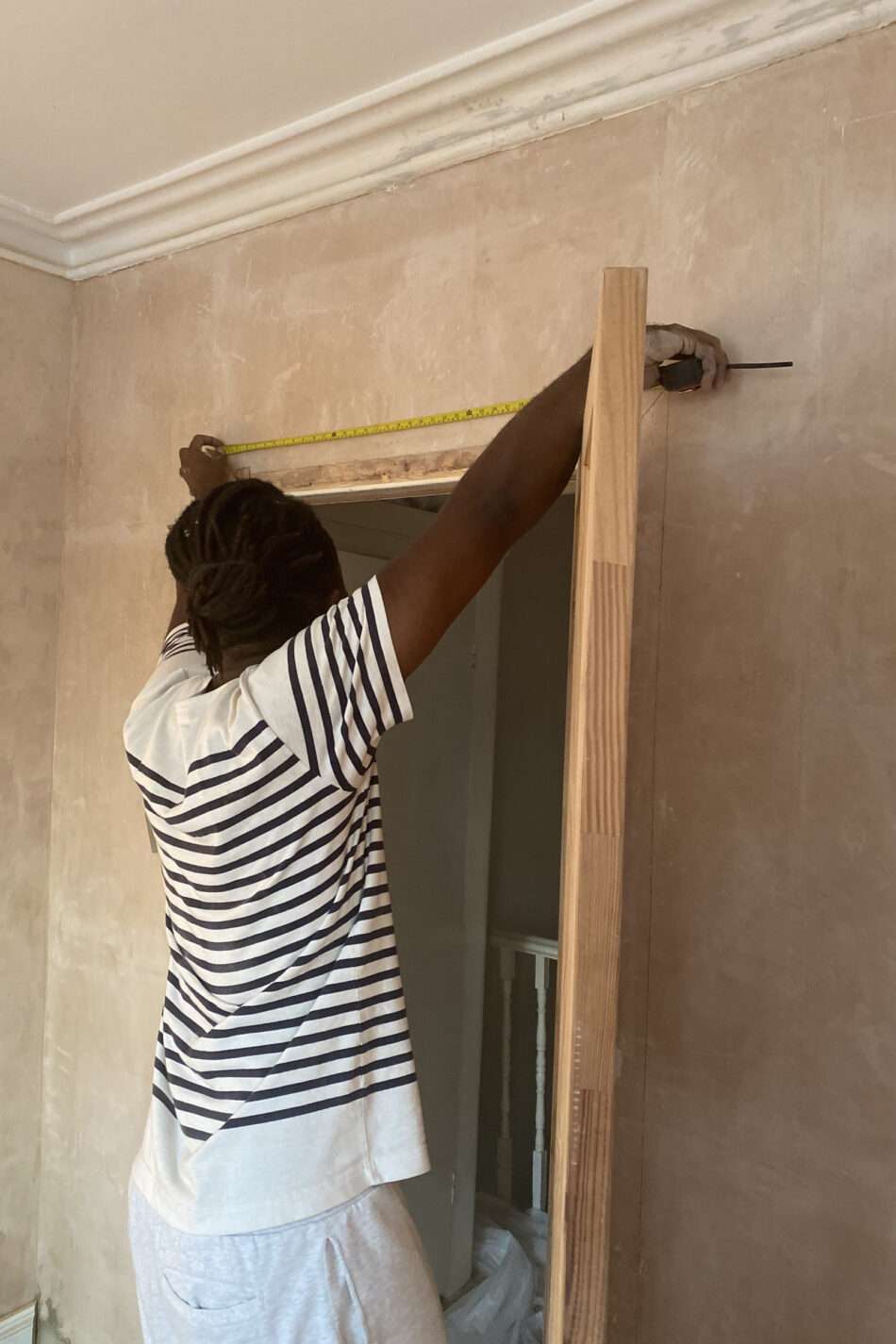
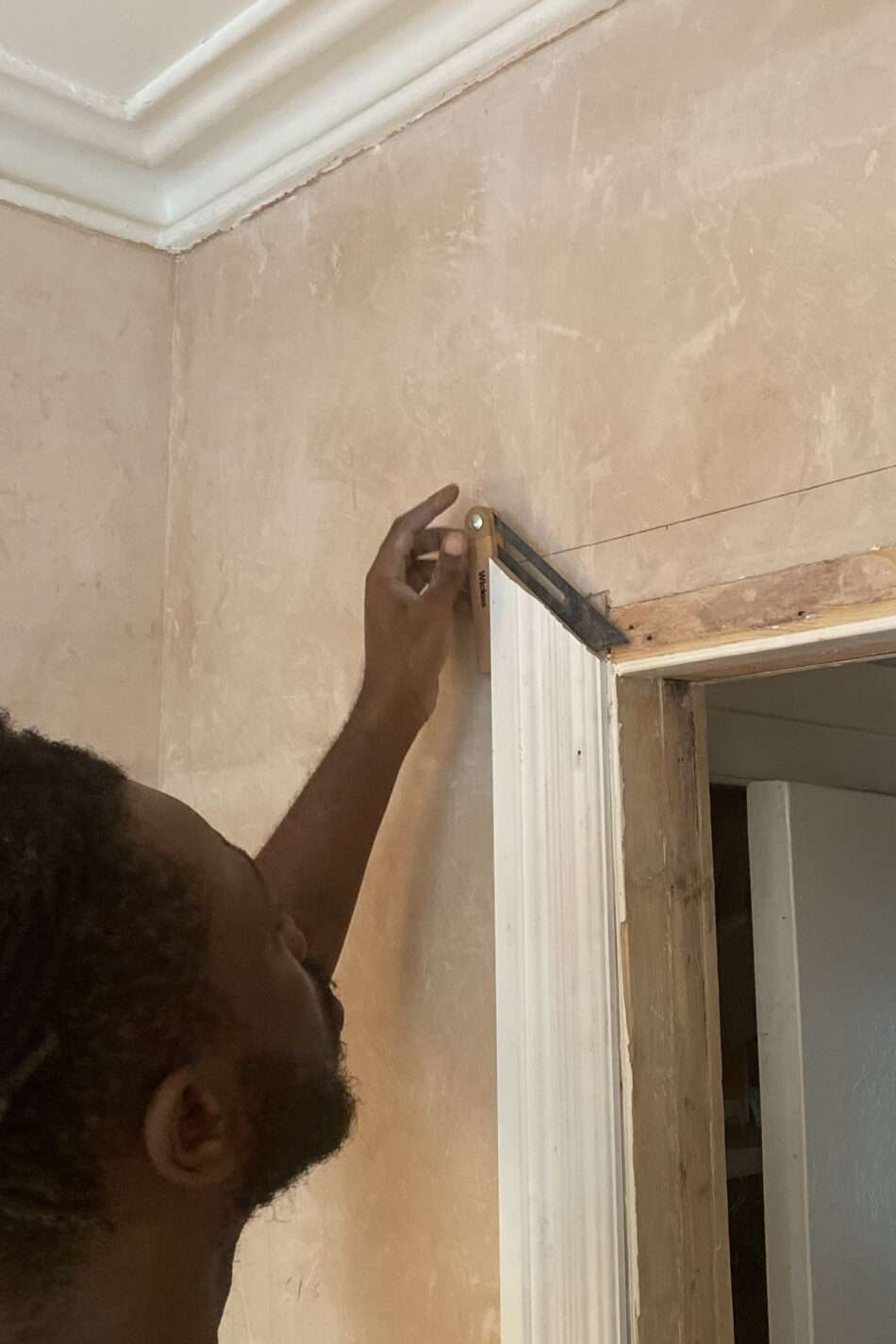
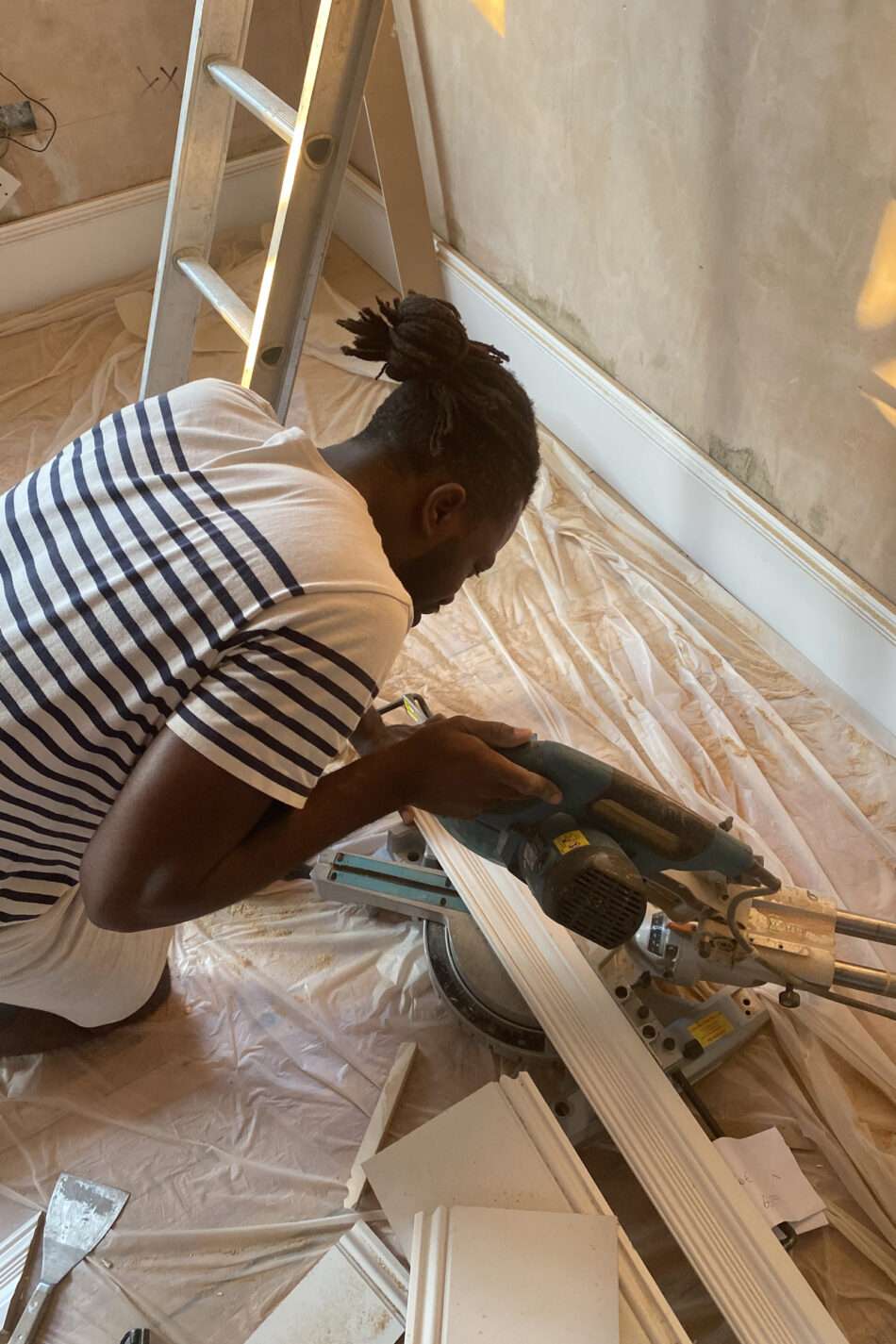
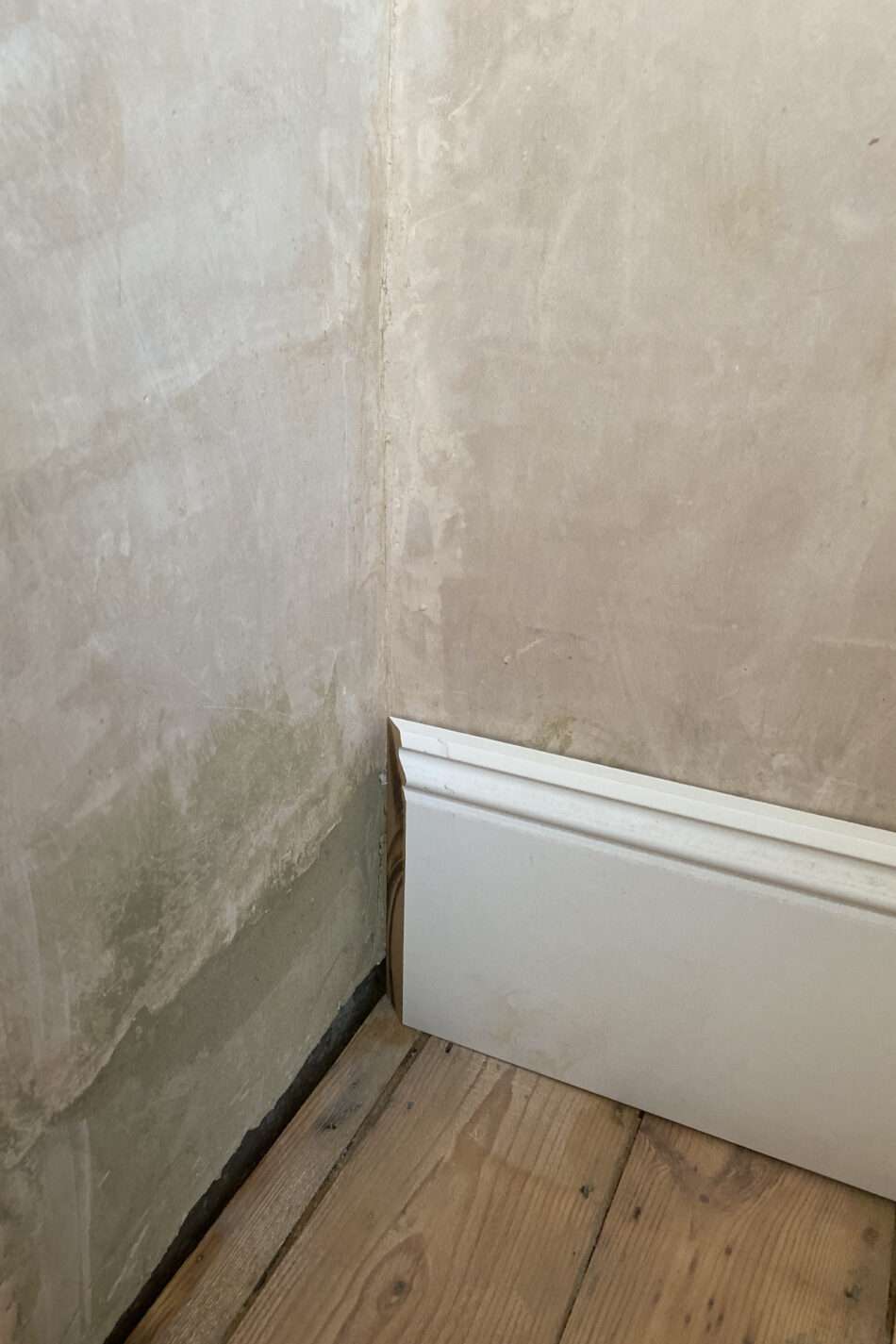
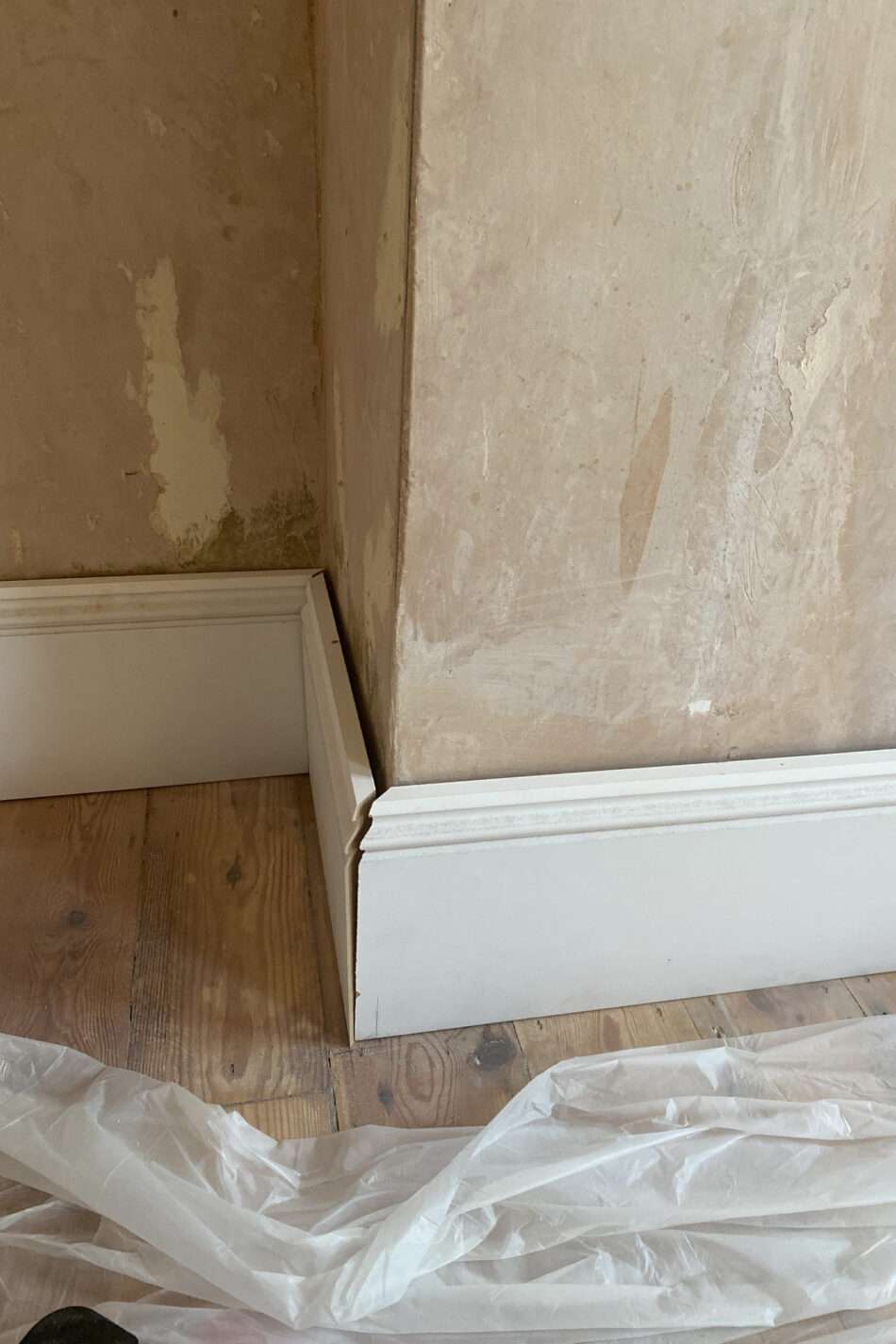
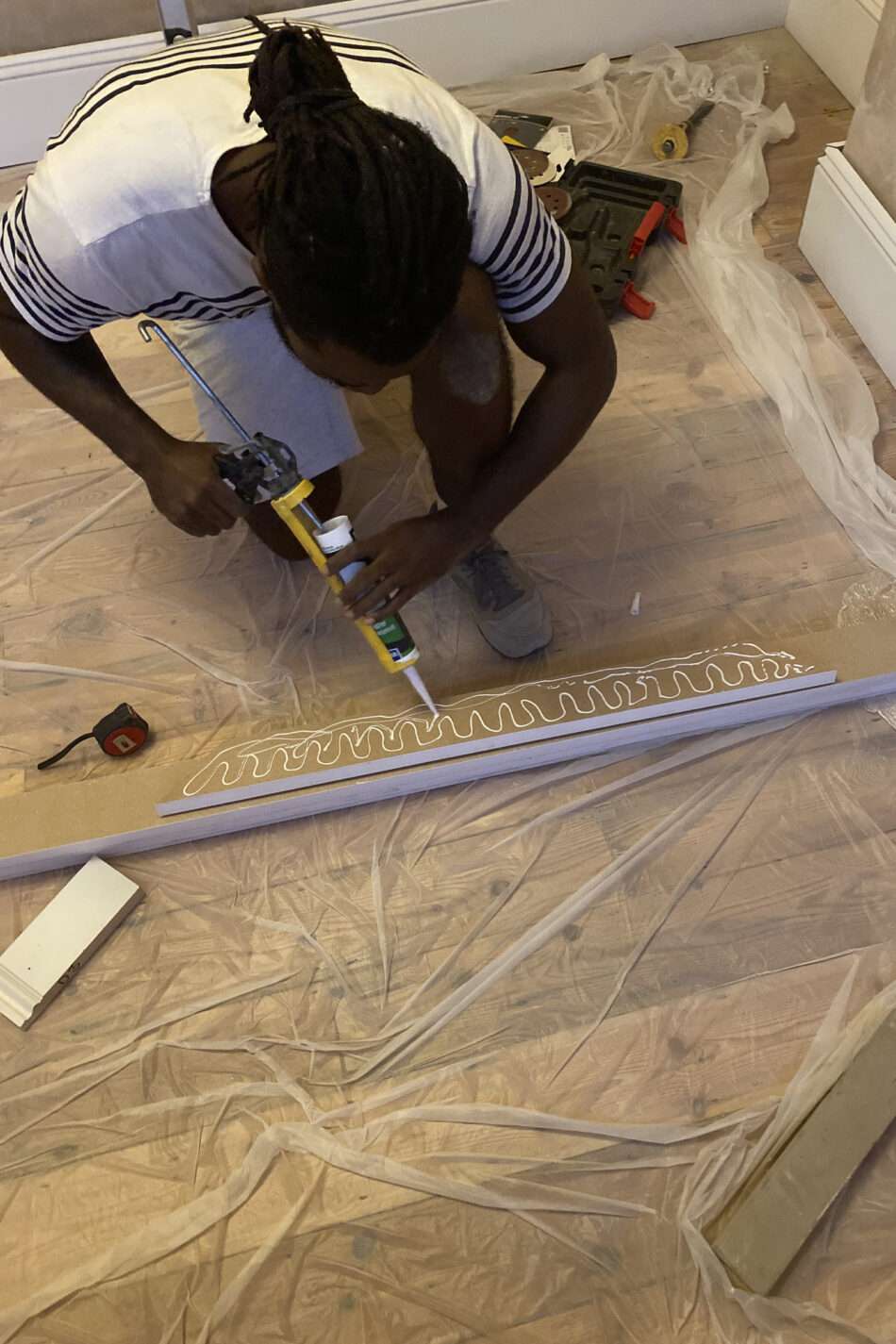
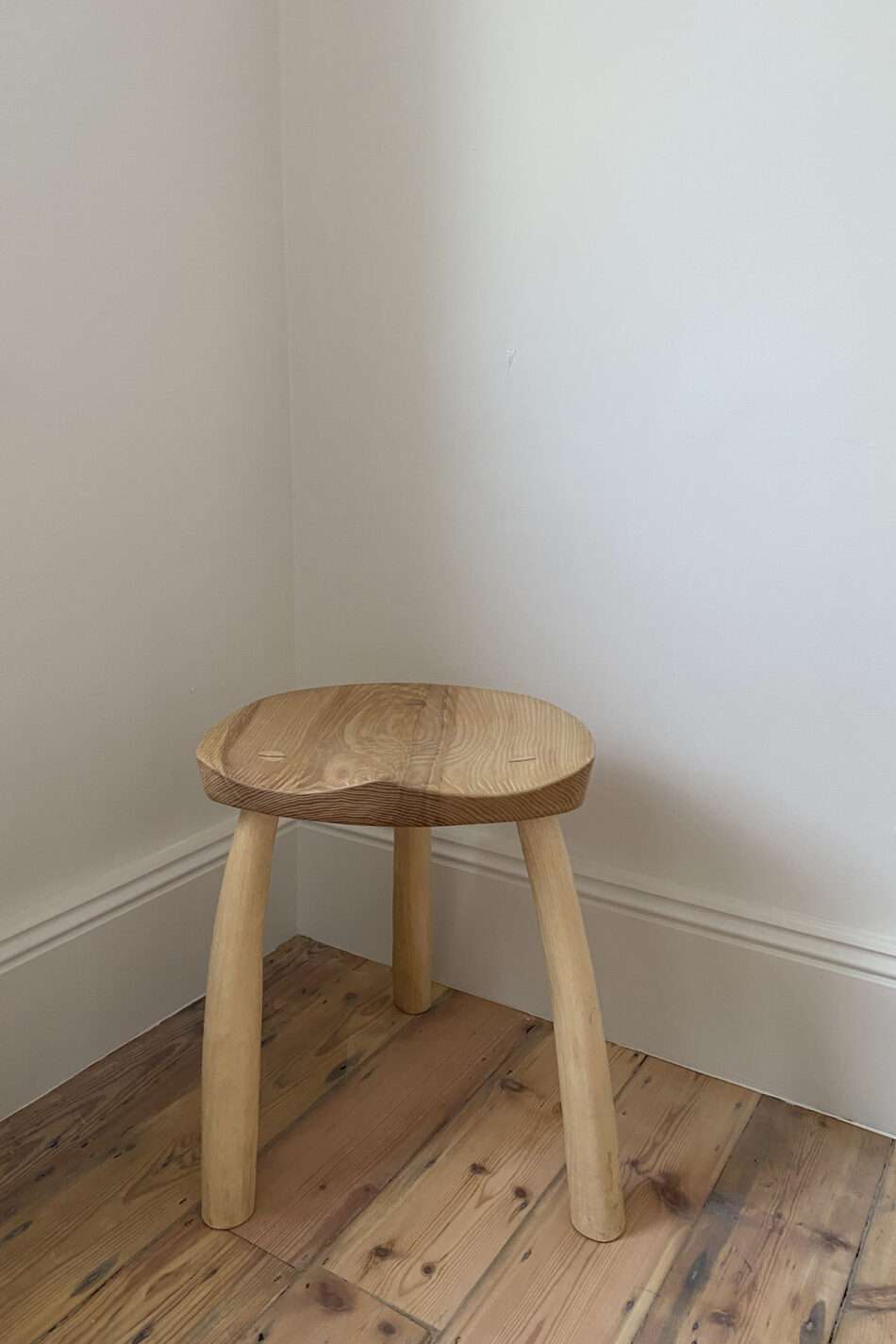
Our DIY Diaries series continues with two of our favourite home renovators on Instagram, Nadine and Julius of @rona_renovation. The couple began working on their Victorian terraced house earlier this year, and we enjoy the candid, fun and informative chronicles of their progress, as well as their regular inspirations posts. Here, they share how to fit skirting boards and architraves at home.
Nadine and Julius: We got the keys to our first home the week the UK lockdown was announced in April, and started on the renovation right away. With social distancing measures, it dawned on us very quickly that we were going to have to rely on our DIY skills and figure things out on our own! The house is a typical two-bedroom Victorian terrace, and needed a lot of TLC. Luckily, Julius is an avid woodwork and DIY enthusiast and I have a passion for design, so the combination meant we were confident (and mad) enough to give things a go.
We were keen to add some character back into the house as a lot of features you’d associate with a period home have been taken out over the years. Julius was keen we go ‘statement’ for the skirting and architraves to give the house a Victorian feel, so we took the plunge in the demolition phase, ripping out all the existing skirting. This meant there was no going back – we absolutely had to replace it all!
With a small renovation budget, we had no option but to tackle the fitting and installation process ourselves. There were some hurdles, but the process was relatively painless and caulk hides a multitude of sins! Here is how we got on in the master bedroom…
Materials
– Primed MDF skirting and architraves of your choice (ours are from Skirting World)
– Mitre Saw (we hired from a local tool shop and we would highly recommend this) or you can use a regular saw if you have the muscle (you will need a Mitre Box if so)
– Sliding bevel
– Squaring tool
– Sealant gun/caulk gun
– Instant grab adhesive
– Decorator’s caulk
– Metal ruler
– Measuring tape
– Pencil
– Cloth
– Hammer
– Stanley knife
– Sandpaper
– Masking tape
– Interior wood paint
– Small roller/paintbrush
1. Prepare walls for installation, sanding so they are as smooth as possible and dust free.
2. Measure wall and door frame lengths for both your skirting and/or architraves. Don’t forget the classic rule to measure twice, cut once. Ensure you note down all your measurements
3. Once you are happy with your measurements, prepare skirting and/or architraves for cutting using your squaring tool and sliding bevel to mark the cut lines. The prep and measuring is probably the longest part of the process – you will be dusting off your high school math to get this bit right!
4. Using the mitre saw (if you are using a normal saw, you will need your mitre box here) get ready to cut!
Where skirting meets architraves, cut straight lines
Where skirting corners meet, cut at 45-degree angles
(NB: depending on how straight your walls are, you may find corners will not match exactly no matter how hard you try. Don’t despair, caulk will fix these gaps later on)
5. Once you have finished cutting, hold pieces against the wall to check the fit and compare with adjoining pieces to ensure you are happy. Go back to your saw and make further minor cuts if necessary
6. When you’re happy with the fit, apply instant grab adhesive generously to the back of the skirting and/or architrave you are about to attach to the wall. Once adhesive is applied, do not allow it to set – carefully manoeuvre the piece close to the wall, checking it is level before pressing it on firmly, ensuring that full contact is made. With long pieces of skirting, we would advise that two people firmly press each end of the skirting, holding for at least 60 seconds
7. Once all skirting and/or architraves are attached, allow to dry overnight
8. Use decorators caulk to fill any gaps. It’s totally normal for there to be gaps between joins and also between the wall and skirting where your walls aren’t level. If you are keen to keep draughts and insects at bay, you can even caulk between the skirting and the floor. Be sure to use masking tape to protect your floors if you do this. Wipe any excess caulk away with a damp cloth immediately. Allow two hours for thinly applied caulk to dry before painting, any thick caulk will need to dry overnight
9. Use interior wood paint of your choice to finish!
